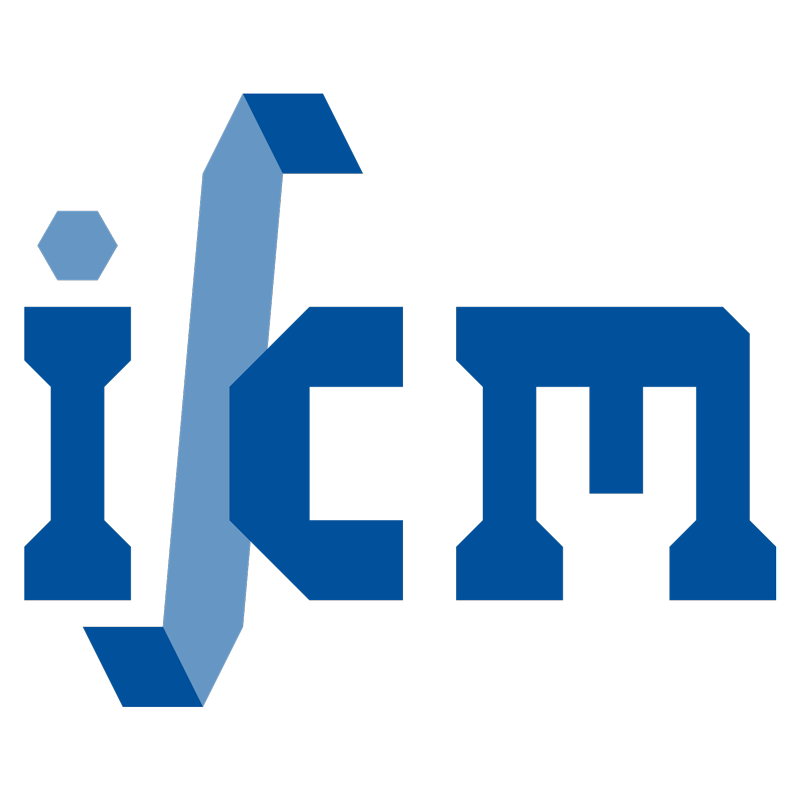Ansprechpartner
Beim Entwurf von Bauwerken oder Produkten muss ein Gleichgewicht zwischen Sicherheit, Wirtschaftlichkeit und Funktionalität hergestellt werden, indem sowohl externe Faktoren wie Lasten und Kosten als auch interne Faktoren wie Materialeigenschaften, Geometrie und Verformungen berücksichtigt werden. Die Optimierung des Entwurfs erfordert eine explizite Berücksichtigung der Veränderung der Materialeigenschaften als Reaktion auf externe Faktoren. Dies ermöglicht ein besseres Verständnis, eine bessere Vorhersage und somit eine bessere Vorbeugung von Strukturversagen bzw. Schädigung, das in der Regel mit lokalen Defekten wie Rissen und Hohlräumen beginnt, bevor es zum vollständigen Versagen kommt.
Die gängigsten Modellierungsansätze für die Schädigung sind die Bruchmechanik, Eigenerosion, Phasenfeld und Schädigungsmodellierung von denen jeder ihren geeigneten Anwendungsfall haben. Schädigungsprozesse werden durch ein Entfestigungsverhalten modelliert, das die Steifigkeit im Spannungs-Dehnungs-Diagramm verliert, was zu einer nicht konvexen Energie führt und einem schlecht-gestellten mathematischen Problem mit entsprechenden Herausforderungen in der numerischen Umsetzung. Daher besteht die Notwendigkeit, Regularisierungstechniken wie viskosen, integralen und gradientenverstärkten Methoden zu nutzen, um ein wohl-gestelltes Problem zu erhalten.
Die Modellierungsansätze benötigen eine dieser Strategien und sind oft sehr rechenintensiv, weshalb wir am IKM nach neuen Ansätzen für die Modellierung von der Schädigung mit Potential für eine verbesserte Numerik suchen, um den numerischen Aufwand zu reduzieren und Materialverhalten von komplizierte Strukturelementen vorherzusagen.
In diesem Zusammenhang wurde ein gradientenerweitertes Materialmodell gefunden, für das die „Neighbored Element Method (NEM)“ entwickelt wurde. Dies ermöglicht die äußerst schnelle Aktualisierungen des Schadensfeldes und ist numerisch stabil, wodurch netzunabhängige Ergebnisse erzielt werden.







